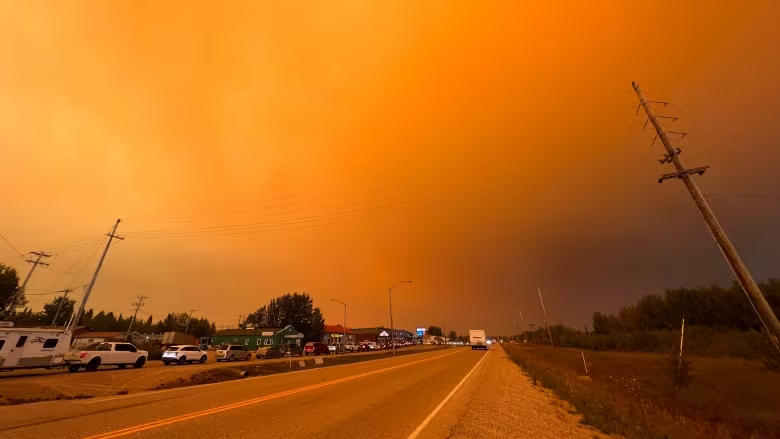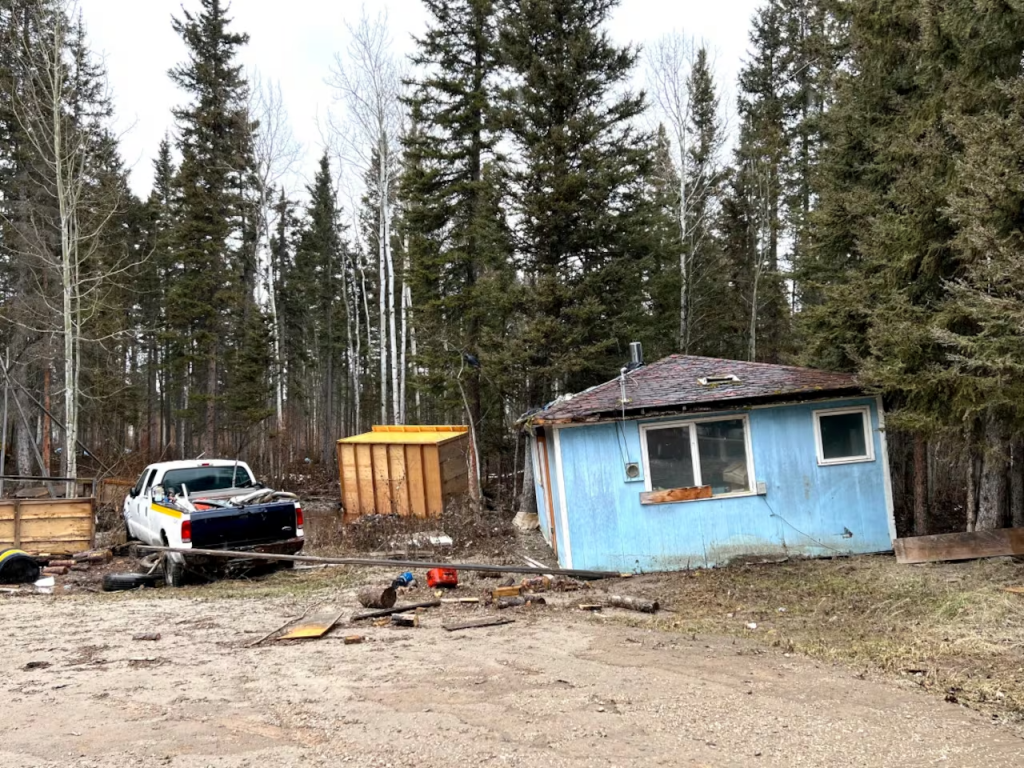N.W.T. gov’t rejects recommendations to create dedicated emergency management agency

Standalone agency not ‘feasible or appropriate,’ gov’t says
The government of the Northwest Territories won’t create an agency dedicated to emergency management in the territory, despite it being a recommendation in two independent reviews into evacuations in recent years.
The territorial government delivered its response Thursday to an after-action review by Transitional Solutions Inc. (TSI) which examined the territory’s response to the disastrous 2023 wildfire season.
As well, the government released a July 2025 report by Stantec Consulting Ltd. which looked into the actions during and after the 2022 spring flooding that triggered the evacuation of nearly 4,000 residents in Hay River and the Kátł’odeeche First Nation.
Both reports suggested the N.W.T.’s emergency management organization (EMO) should operate under a different structure, such as a standalone agency, to provide clarity about responsibilities and to ensure there is accountability in future emergencies.
Despite a standalone agency being a fixture in some provinces in the south, the N.W.T. government said that’s not “feasible or appropriate” given the territory’s small population, limited resources, and the infrequency of large-scale emergencies requiring a sustained territory-wide response.
“A separate agency would be costly, duplicative and difficult to staff. In particular, maintaining a dedicated agency year-round — despite the episodic nature of emergencies — would not represent an efficient or scalable use of government resources,” a document released Thursday stated.

The EMO falls under the Department of Municipal and Community Affairs. Minister Vince McKay emphasized his belief the current organizational structure, as it stands, is fit for purpose.
Come winter, he believes large-scale emergencies will slow down and such “off-seasons” make it difficult to staff a standalone agency year-round, he said. But he added the current organizational structure allows them the flexibility to scale up resources.
Most recommendations accepted
The after-action review of the 2023 wildfires made 35 recommendations. The government has said it agrees with 26 of the recommendations, generally agrees with five, and partially agrees with three.
TSI’s report released in May is one of several after-action reviews that were done following the 2023 wildfire season. Other reports have focused on the Department of Environment and Climate Change and the City of Yellowknife and organizations’ own handlings of the 2023 evacuations.
Like those previous reviews, TSI’s 164-page report details confusion, poor communication, gaps in care for vulnerable populations and an erosion of public trust.

Several of the recommendations involved updates to the territory’s Emergency Management Act, the establishment of minimum training standards and requirements, and closer collaboration with community organizations and Indigenous governments.
The government said it is committed to developing a model to formally incorporate Indigenous governments into emergency management plans.
Premier R.J. Simpson said many of the other recommendations in the report have already been addressed by updates to the N.W.T. emergency plan – and that includes more training for roles and responsibilities.
“Every department now has business continuity plans; it’s incumbent on everyone in the government to know what their role is.”
Hay River recovery expected to take until 2027
Stantec’s report into the 2022 flooding in Hay River states the estimated cost of the response and recovery to be a total of $93.6 million.
The territorial government has received more than 500 registrations for home, business and community infrastructure damage claims. The entire recovery process is expected to take up to five years to complete.
There are 38 recommendations. All but seven of those are aimed at the territory’s emergency management organization.
The report details a lack of training, a lack of understanding among the public of the severity of the floods, a lack of understanding of evacuation plans and procedures, and the need to update flood maps.

It also states that property owners were required to directly work with contractors in the recovery efforts, which provided an opportunity for contractors to bid high prices for jobs.
Simpson said these are issues he still hears about as the MLA for Hay River North.
“I have a number of constituents – elders – who are in a tough spot because of some of the things that happened and are still dealing with this issue,” he said.
While the government’s response to the Stantec report isn’t expected until later this fall, Simpson said his government is already taking action on many of the recommendations.
Related stories from around the North:
Canada: Why are so few people charged for causing wildfires in the N.W.T.?, CBC News
Finland: Wildfires continue to burn across Lapland, Yle News
Norway: Smoke from Canadian wildfires forecast to reach Norway, The Associated Press
Russia: New NOAA report finds vast Siberian wildfires linked to Arctic warming, The Associated Press
Sweden: High risk of wildfires in many parts of Sweden, including North, Radio Sweden
United States: Wildfires in Anchorage? Climate change sparks disaster fears, The Associated Press



